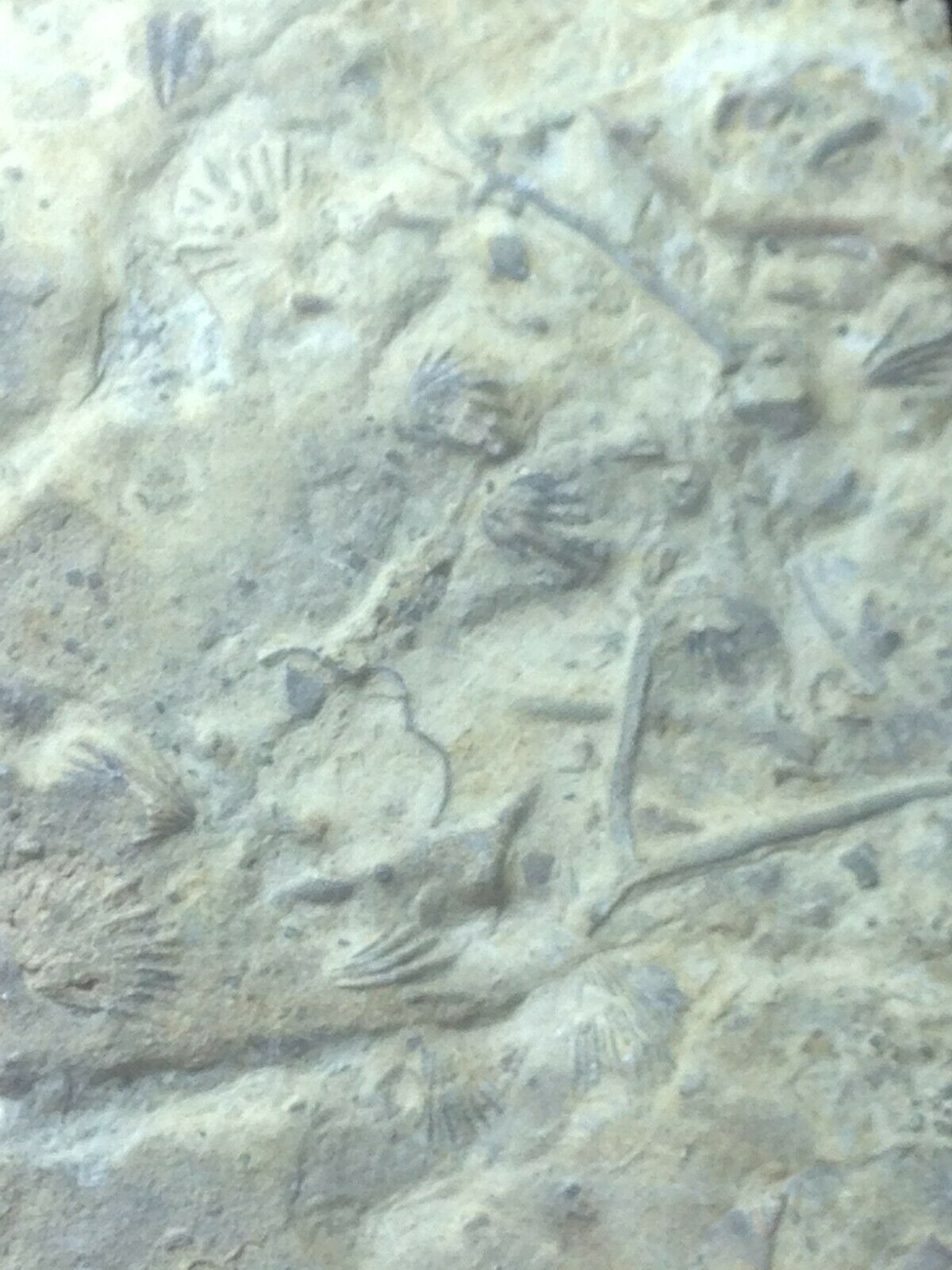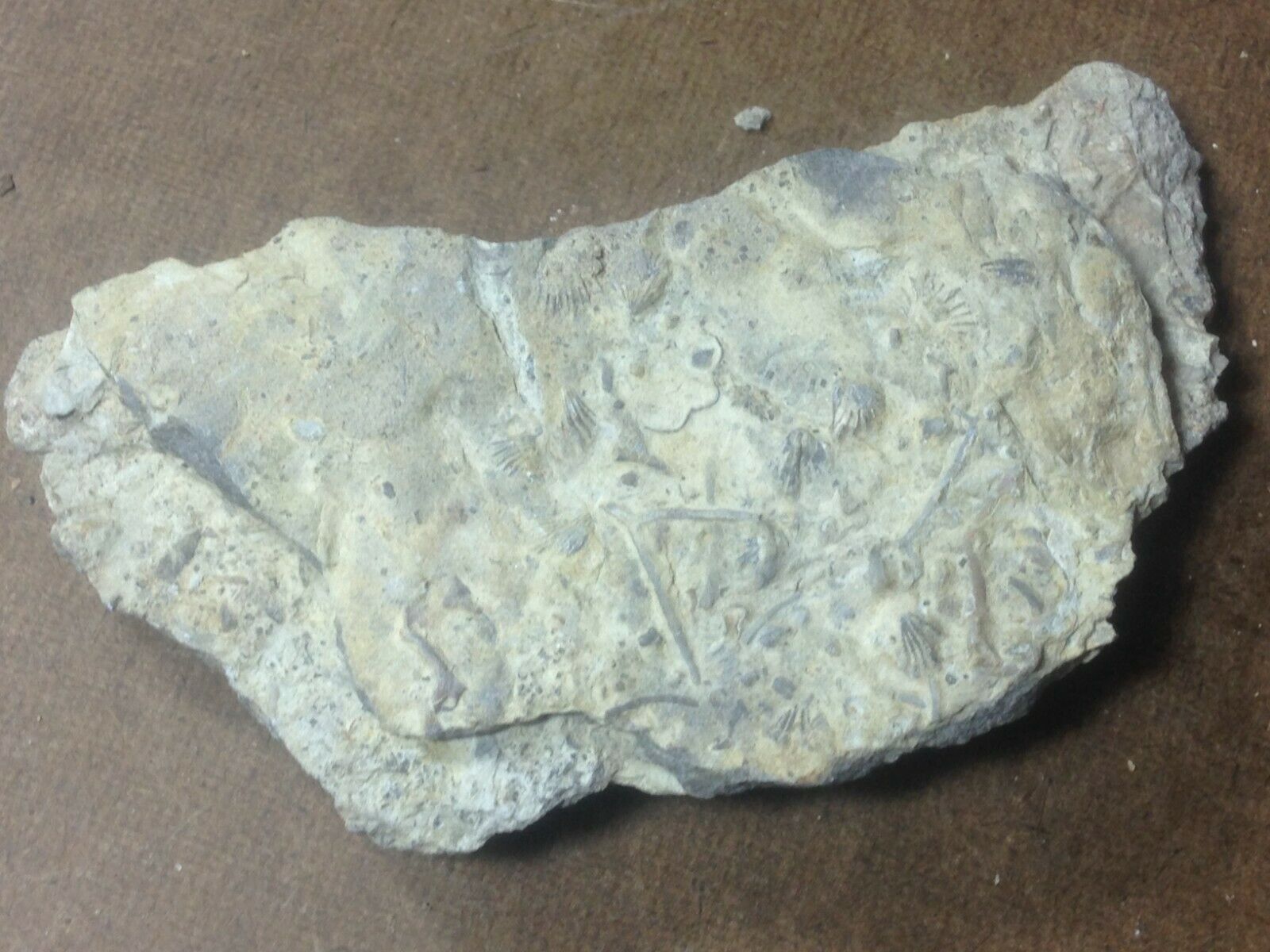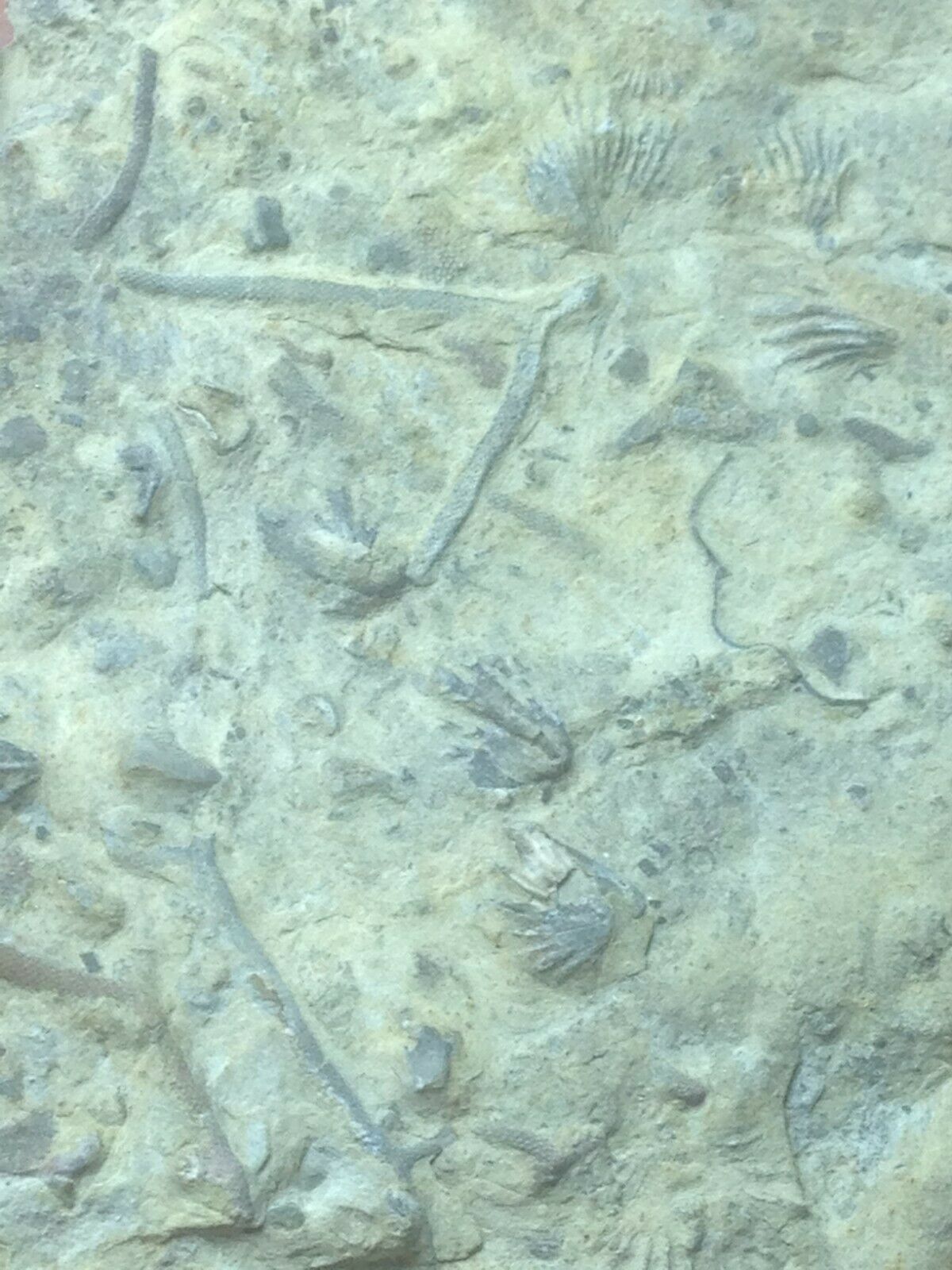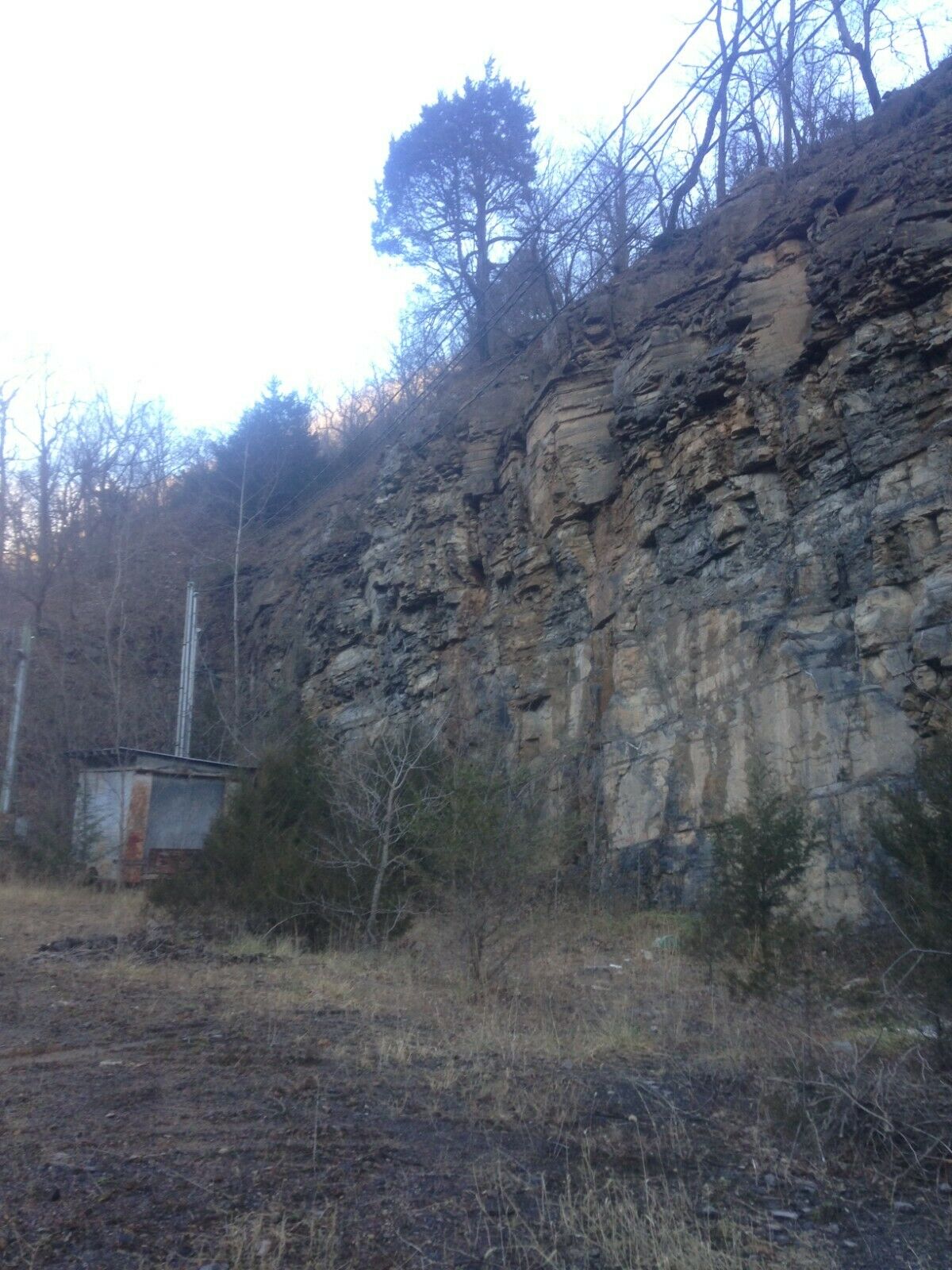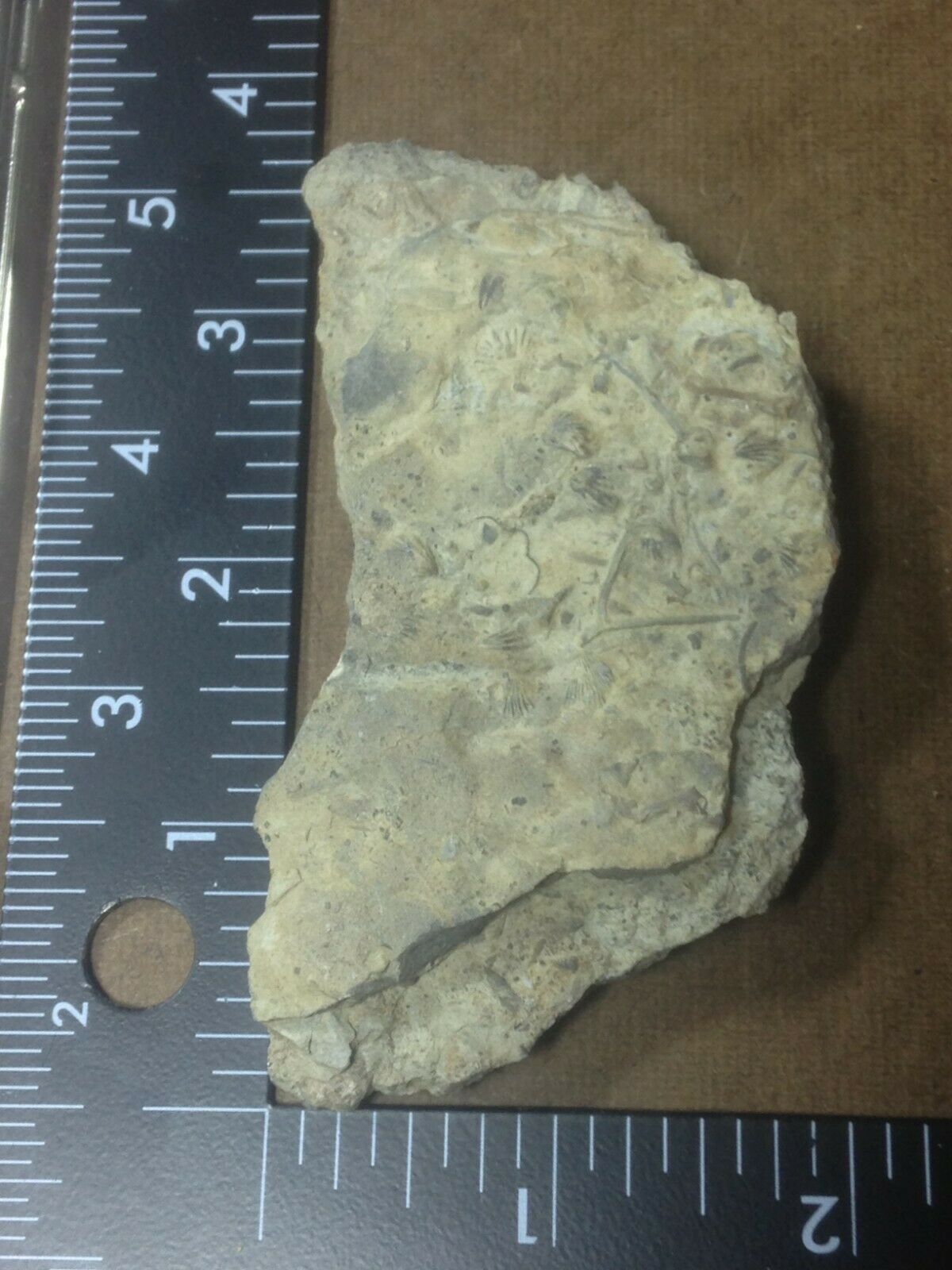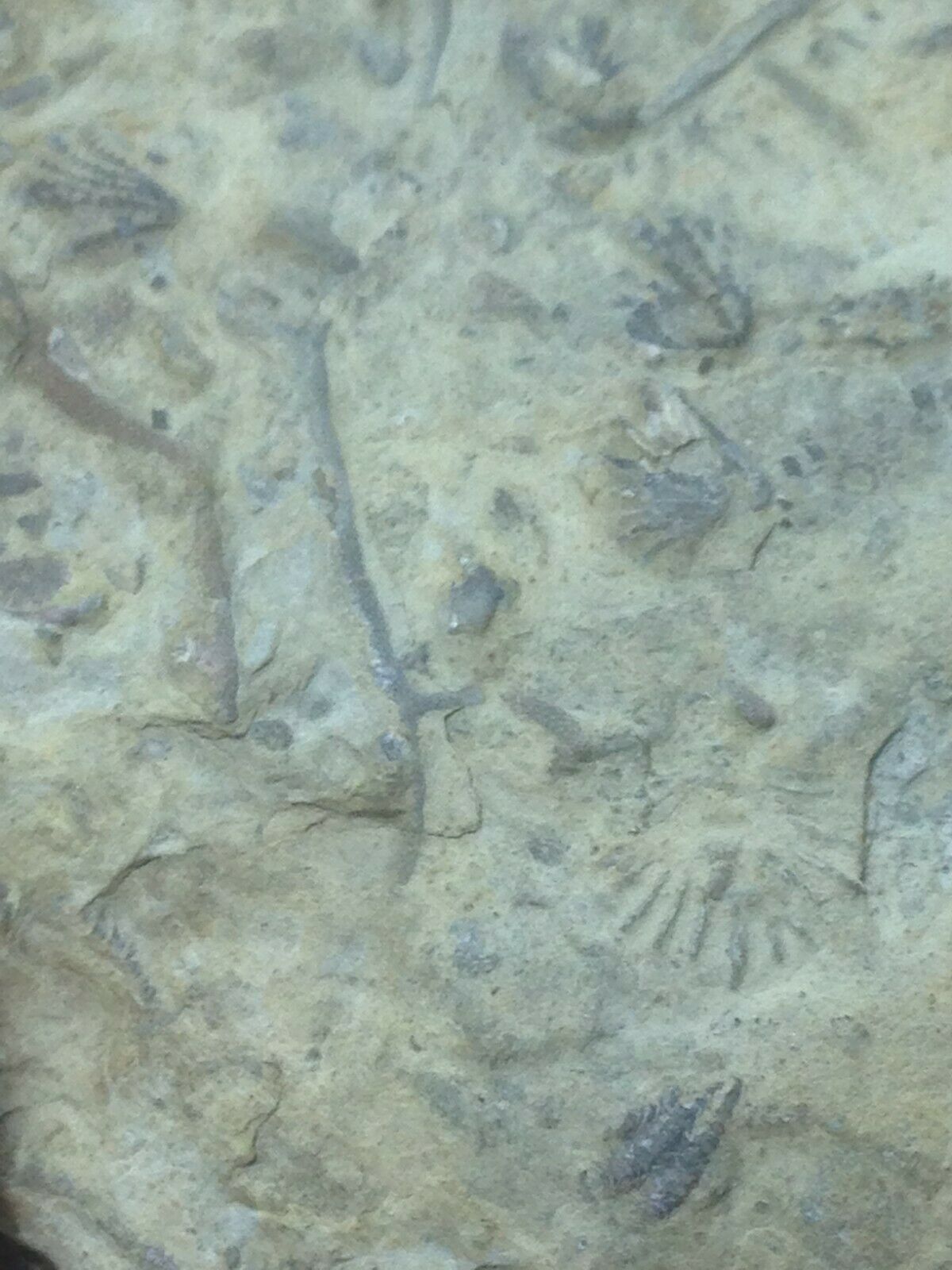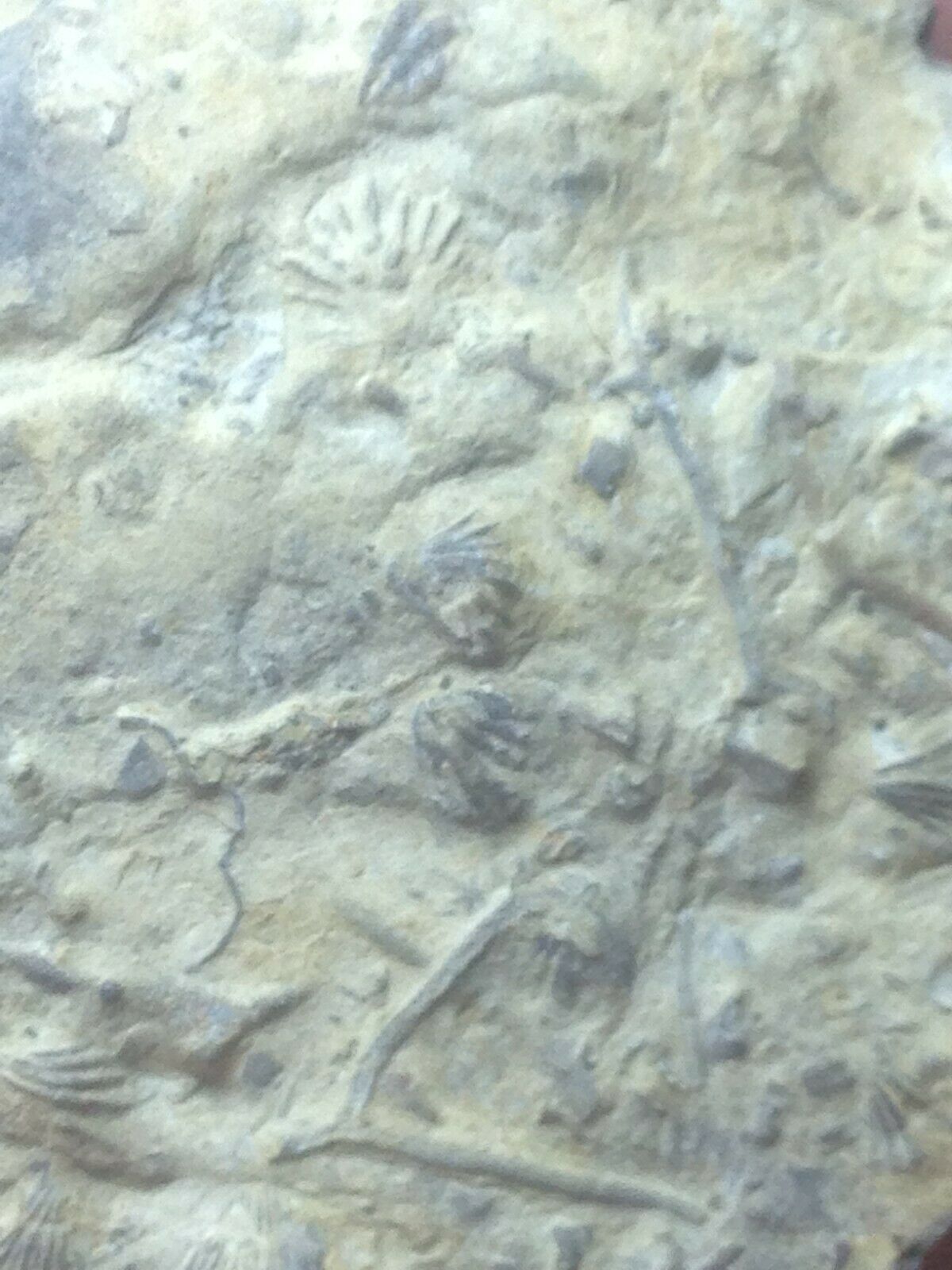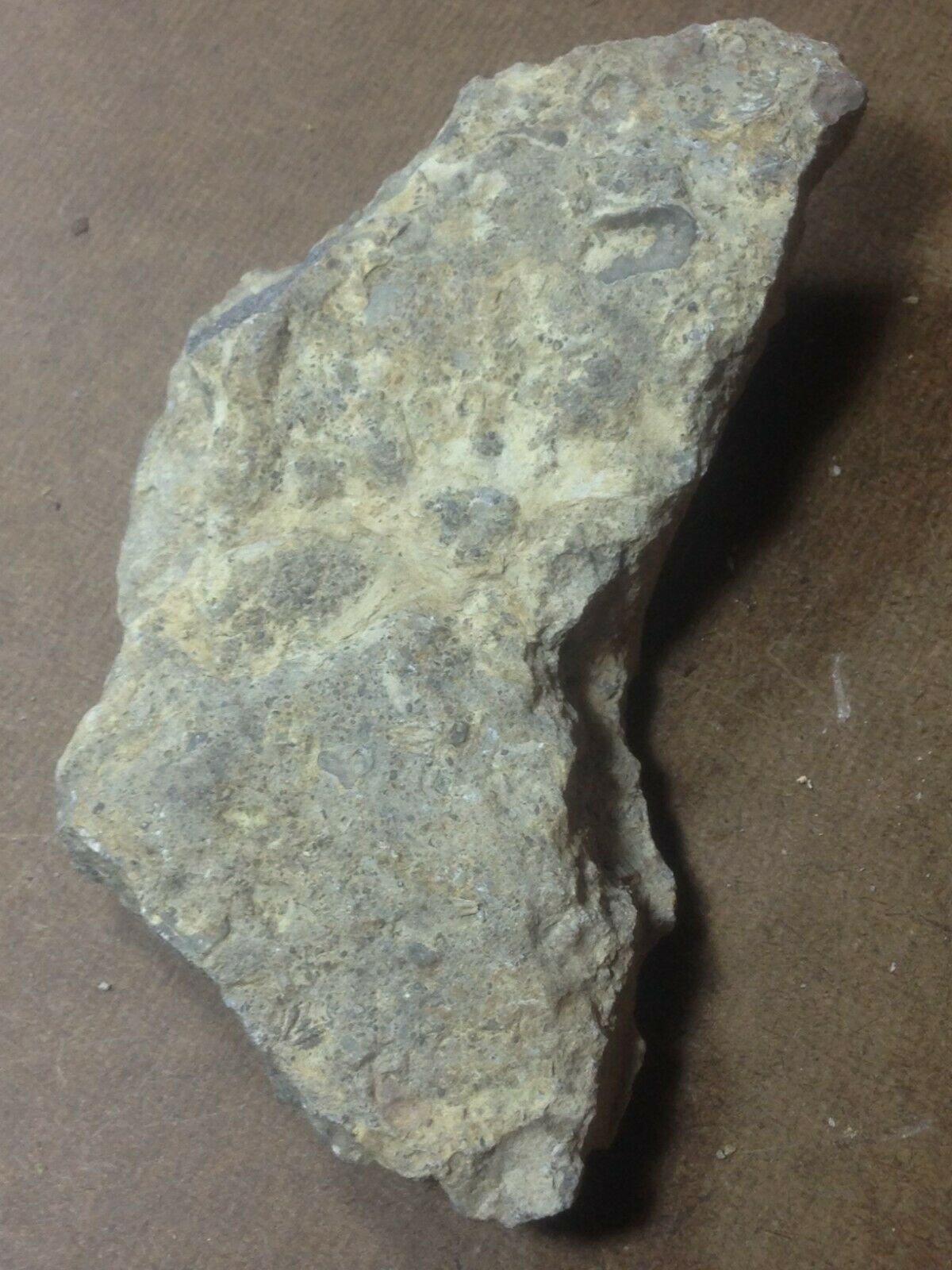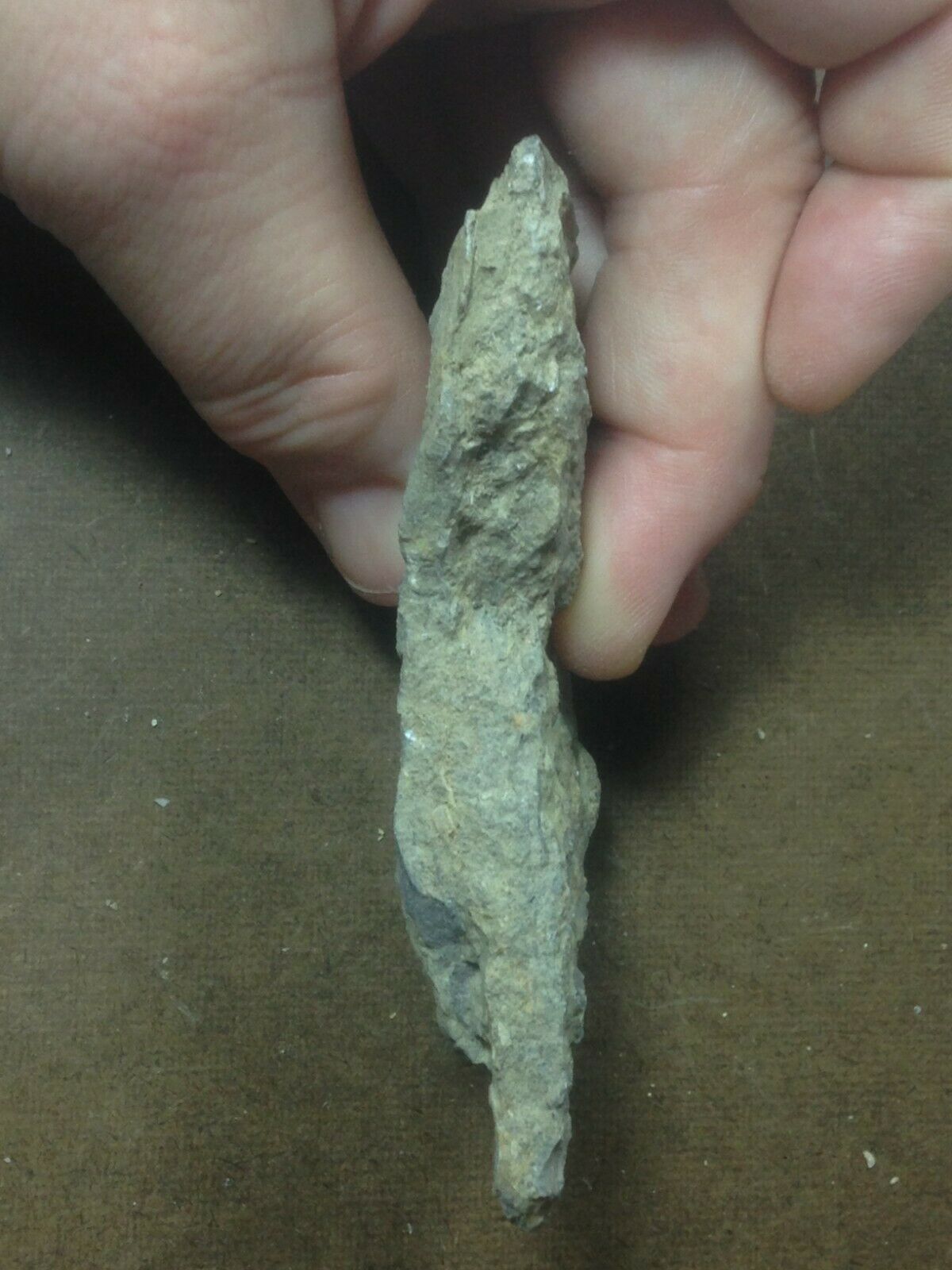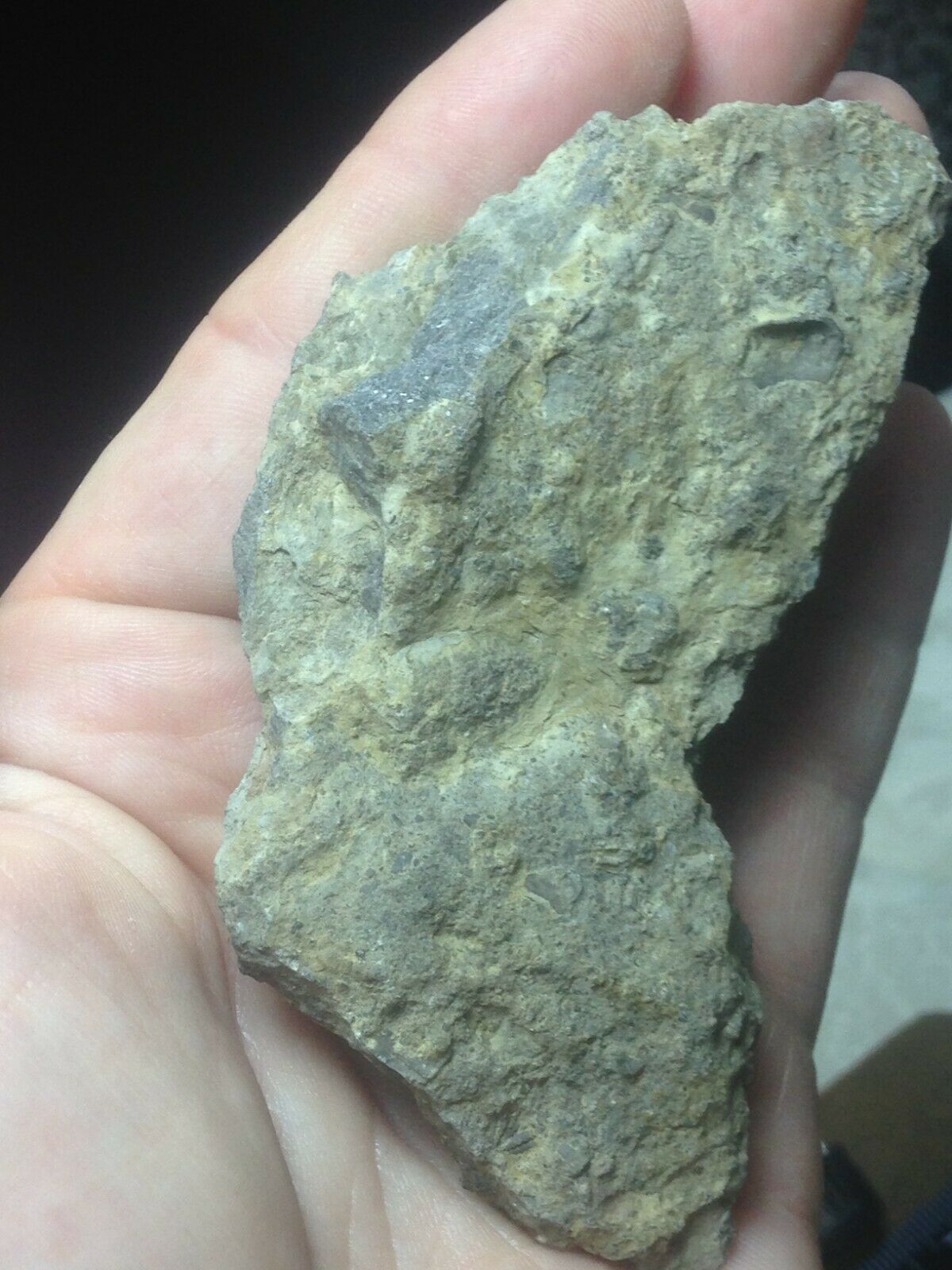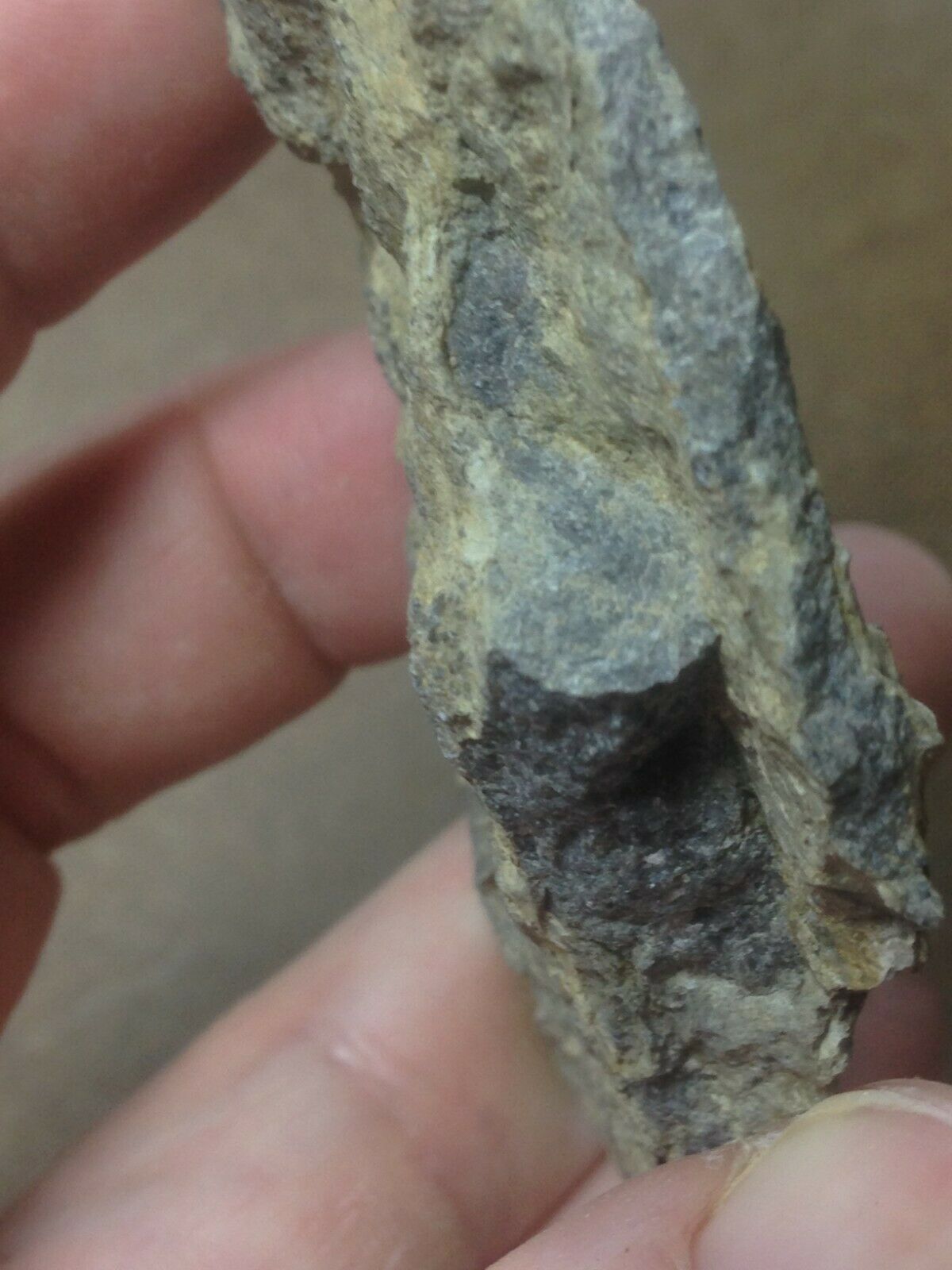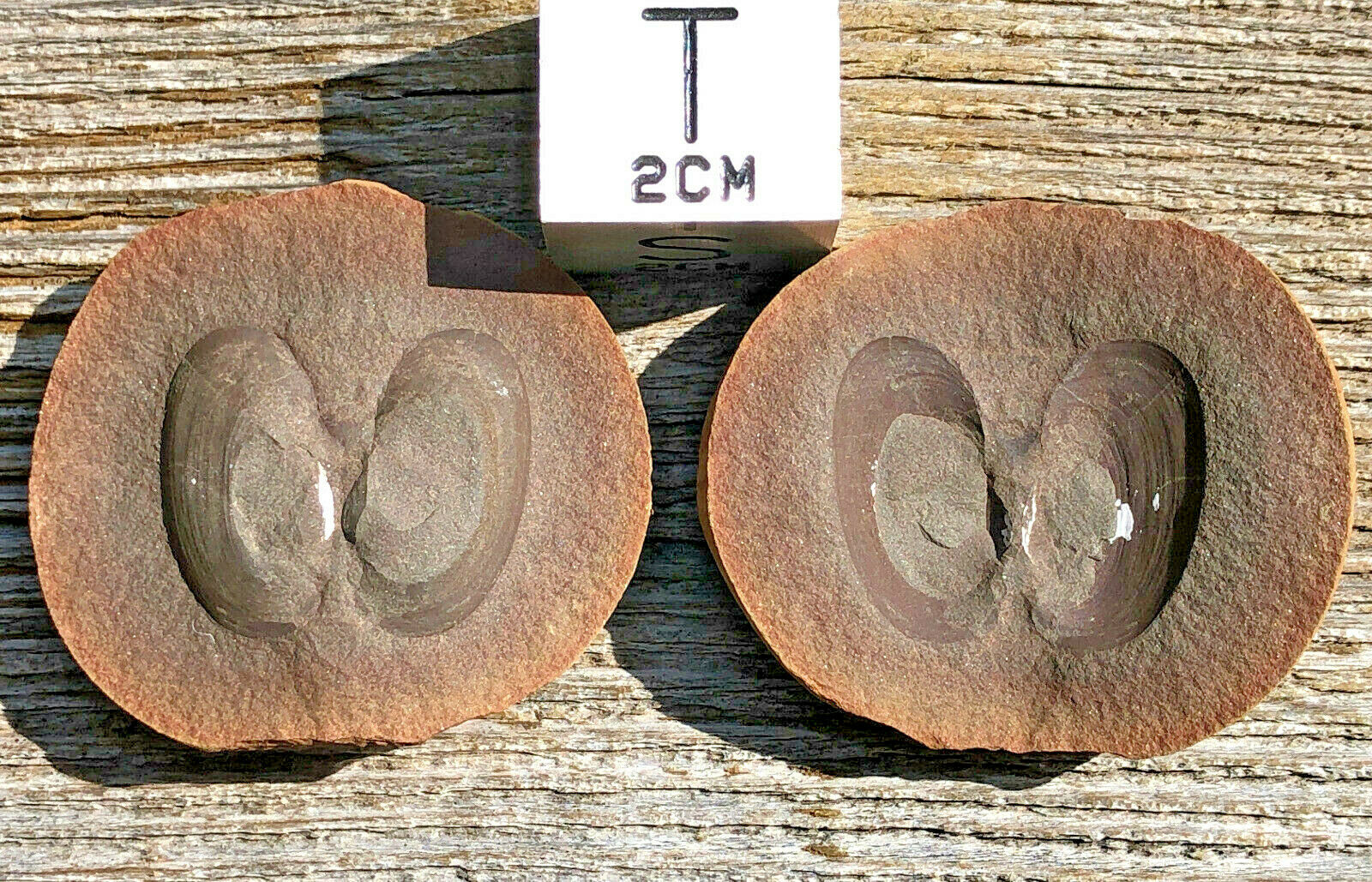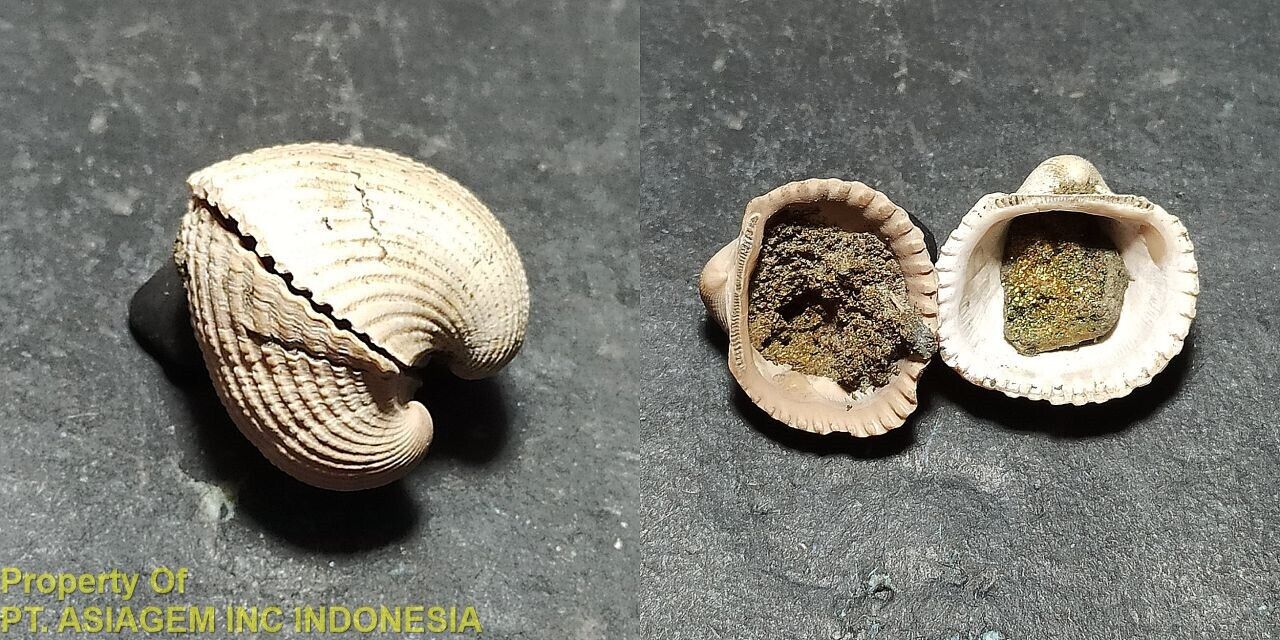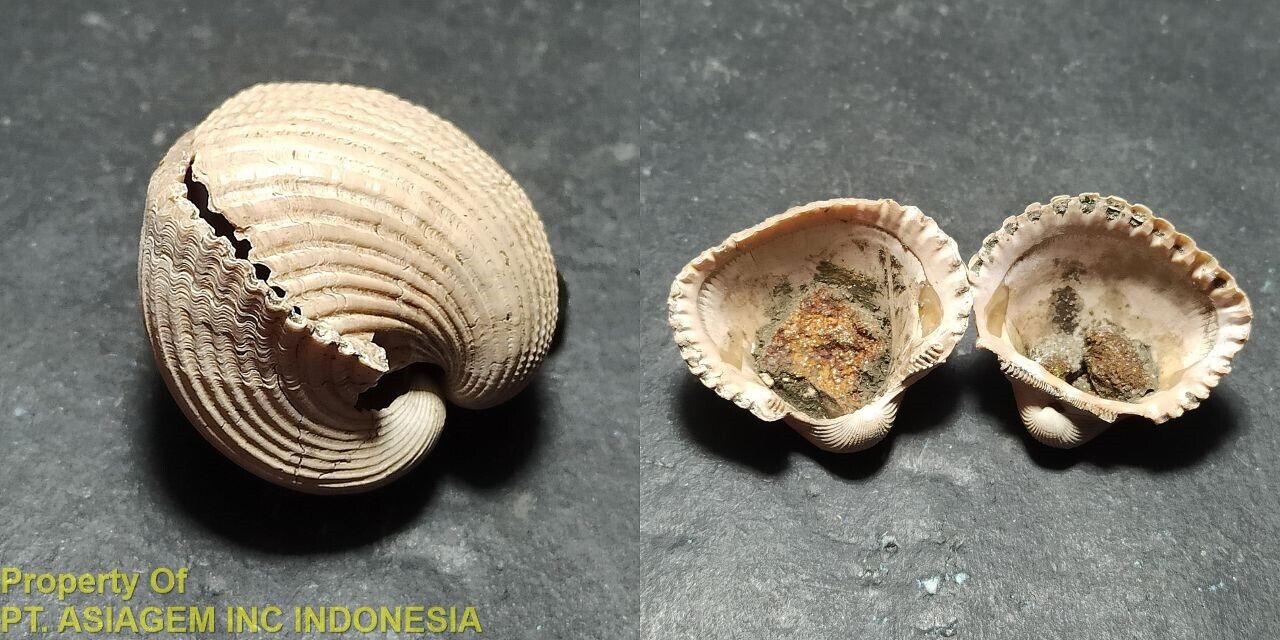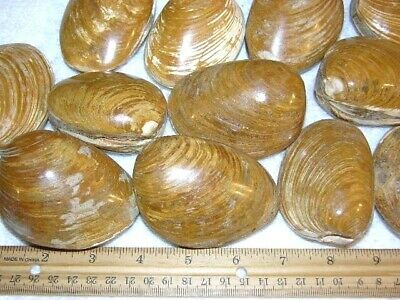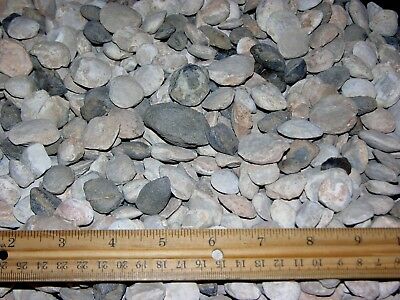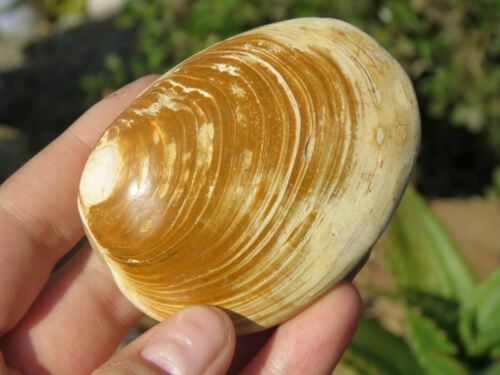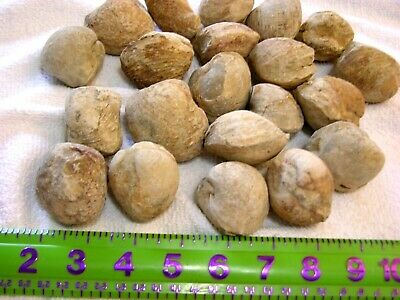-40%
SEA FOSSILS!!! DEVONIAN NEEDMORE BIVALVES,CRINOID, CORAL Wardensville, WV
$ 14.25
- Description
- Size Guide
Description
Thank you for visiting my Ebay Auctions!Up for auction today are glorious SEA FOSSILS I collected in Wardensville, West Virginia near the Quarry. This area has 390 million year old Devonian Reef fossils from the Needmore Formation. Fossilized corals, crinoid drills and bivalves of different sizes are all over this piece! Please feel free to let me know what else you can identify in these specimens!!
This specimen weighs 2.99 oz. It measures 3 3/4" x 2 1/4" x 1/2"
(10)
I am still learning about the types of fossils around me but here is some information I have found in my studies.
Slightly less than two miles east of Wardensville is a series of road cuts alongside Route 55 where middle Devonian fossils can be collected from the exposed rocks of the Mahantango Formation. Local fossils include the ammonoid
Agoniatites
, bivalves, brachiopods, the bryozoan
Fenestella
, the straight-shelled nautiloid
Michelinoceras
, corals, crinoids, gastropods, tentaculitids, as well as trilobites like
Phacops
and
Trimerus
. Some of the local
Agoniatites
specimens have been turned to fool's gold.
Roughly four miles west of Wardensville is a quarry where a great diversity of early to middle Devonian fossils can be collected from the rocks of the Needmore Formation. This great diversity of fossils is attributable to the large variety of rock layers here, all of which formed in different kinds of marine environment. Some of the brachiopods and nautiloids in the site's dark gray shale layer, notably, have been turned into fool's gold. Other local fossils include the ammonoid
Agoniatites vanuxemi
, bivalves, the bryozoan
Fenestella
, corals, crinoids, gastropods, the nautiloid
Michelinoceras subulatum
, pteropods, and a variety of trilobites, notably multiple species of Phacops.
Five miles west of Wardensville proper late Silurian to early Devonian fossils from the Keyser Formation can be found along the banks of the Lost River. At least some of the collecting grounds here are apparently on private land, so make sure you dot your "i"s and cross your "t"s regarding permission to collect at any given exposure. The corals
Favosites
and
Halysites
are common here. Other local fossils include the brachiopod
Cupulorostrum
, crinoids, and stromatoporoids.
Five miles south of Wardensville, is a quarry where early to middle Devonian fossils can be found in the rocks of the Needmore Formation. Local fossils include the ammonoid
Agoniatites venuxemi
, bivalves, brachiopods, the nautiloid
Michelinoceras subulatum
, the conularid
Conularia
, horn corals, crinoids, the gastropod loxonema, ostracodes, and trilobites.
The Acadian Oregony (a mountain building event) was beginning. This mountain building occured when when a landmass called Avalon collided into, what is today, eastern North America. This collision crumpled the crust and created a large mountain range called the Acadian Mountains along eastern North America.
Rivers running down the Acadian mountains picked up sediments and carried them into the Castskill basin, a basin just west of the Acadian mountains, running parallel to it that housed the Kaskaskia Sea. This ancient sea covered most of West Virginia (including this site), as well as many other states down to, what is today, the gulf of mexico.
West Virginia's fossil record begins in the Cambrian, about 500 million years ago. From that time through the rest of the early Paleozoic, the state was at least partially submerged under a shallow sea. The Paleozoic seas of West Virginia were home to creatures like ammonoids, bivalves, blastoids, bryozoans, conulariid, corals, crinoids, cystoids, eurypterids, graptolites, hyolithids, nautiloids, ostracodes, pteropods, snails, sponges, stromatoporoids and trilobites at varying times. During the Pennsylvanian epoch of the Carboniferous period, the sea was replaced by lushly vegetated coastal swamps where large amphibians roamed. Contemporary plants included ferns, horsetails, scale trees, and seed ferns. The rich vegetation from these swamps are the source of the state's vast, economically vital coal deposits and many of its fossils.
A gap in the local rock record spans from the Permian to the end of the Neogene, so don't get your hopes up for finding a dinosaur. The youngest fossils in West Virginia date back to the Pleistocene, popularly known as the Ice Age. West Virginia was never the site of glacial activity during the Ice Age, but the state was home to creatures like mammoths, mastodons, and giant ground sloths.
Sediments that flowed into the Kaskaskia sea created sedimentary deposits. These fossil bearing deposits were eventually thrust upward during the Appalachian Oregeny (Mountain building phase), and are now seen today at this site.
The fossils of West Virginia are mostly early
Paleozoic
marine invertebrates and, especially,
Carboniferous
plants.
This fossil site was also near the equator during the middle Devonian, and the earth was much warmer than it is today. As a result, this warm shallow sea was the home of a large array of animals, including coral reefs, trilobites, cephalopods, and brachiopods.
Brachiopods look like little clams, however, they are actually very different.
Brachiopods are one of the most abundant fossils in the Needmore Formation and other Devonian formations in the area.
Some Brachiopods are still alive today, but Pelecypods (clams and such) far outnumber them.
There are many different types of Brachiopods.
Coral pieces are abundant in the Needmore Formation.
